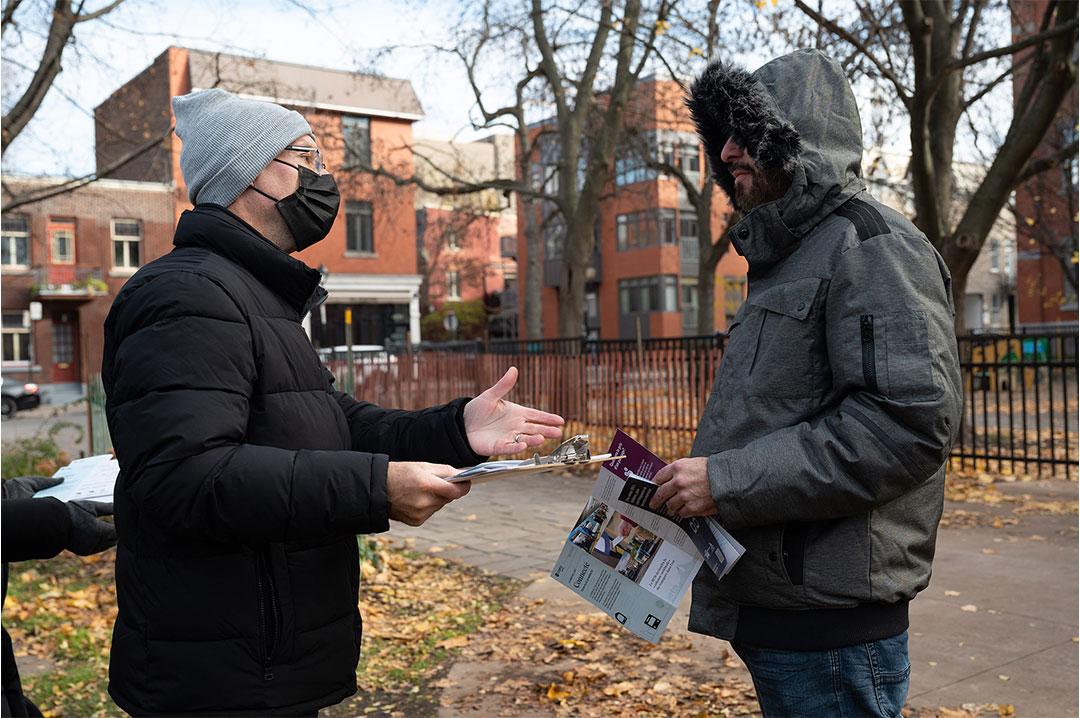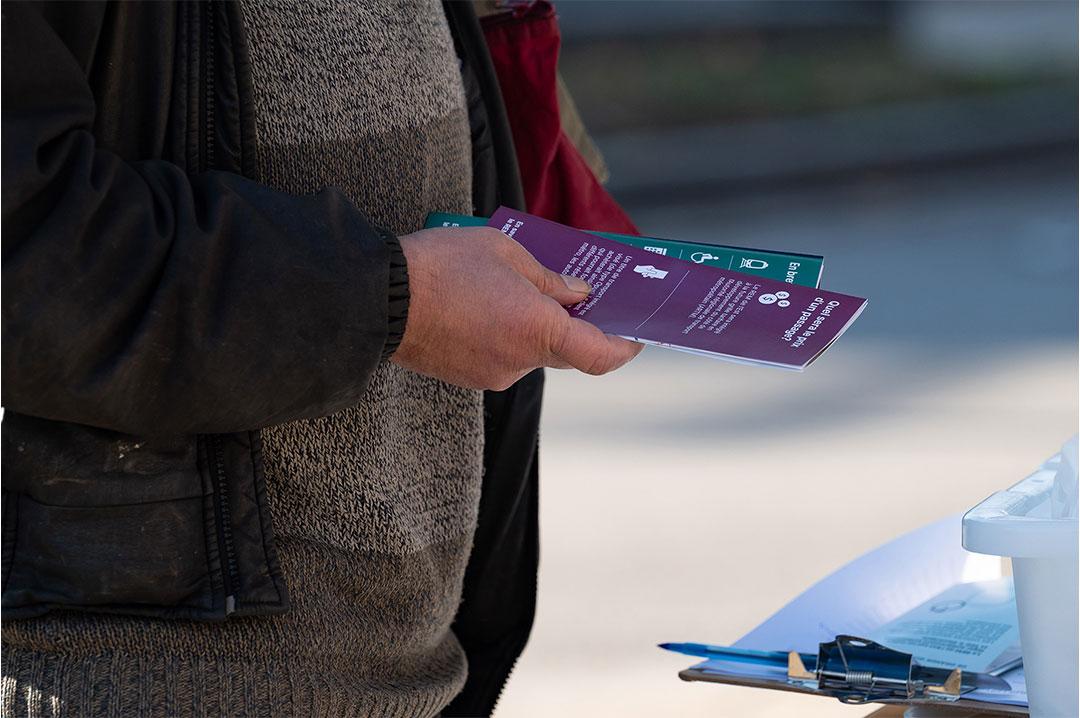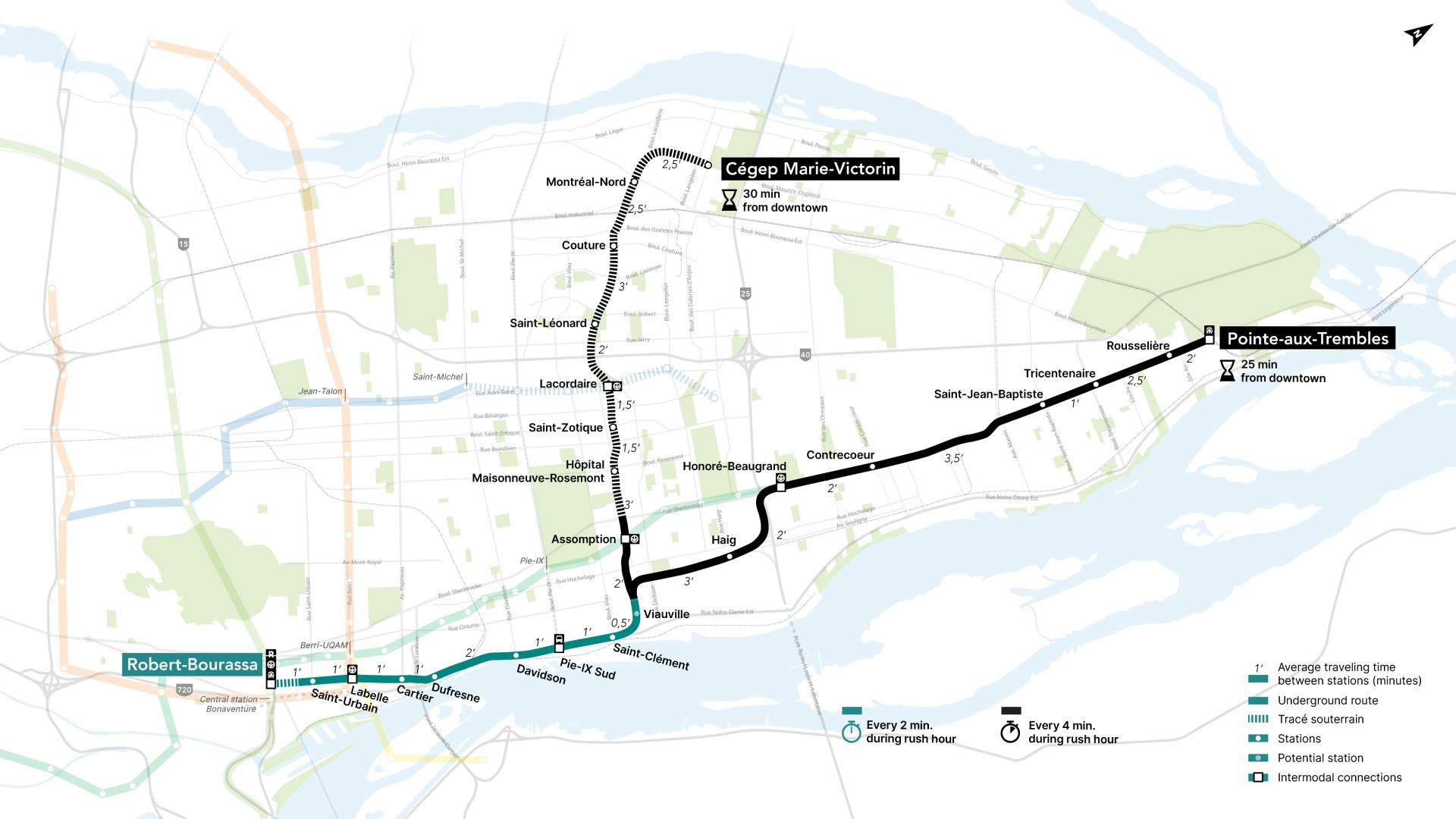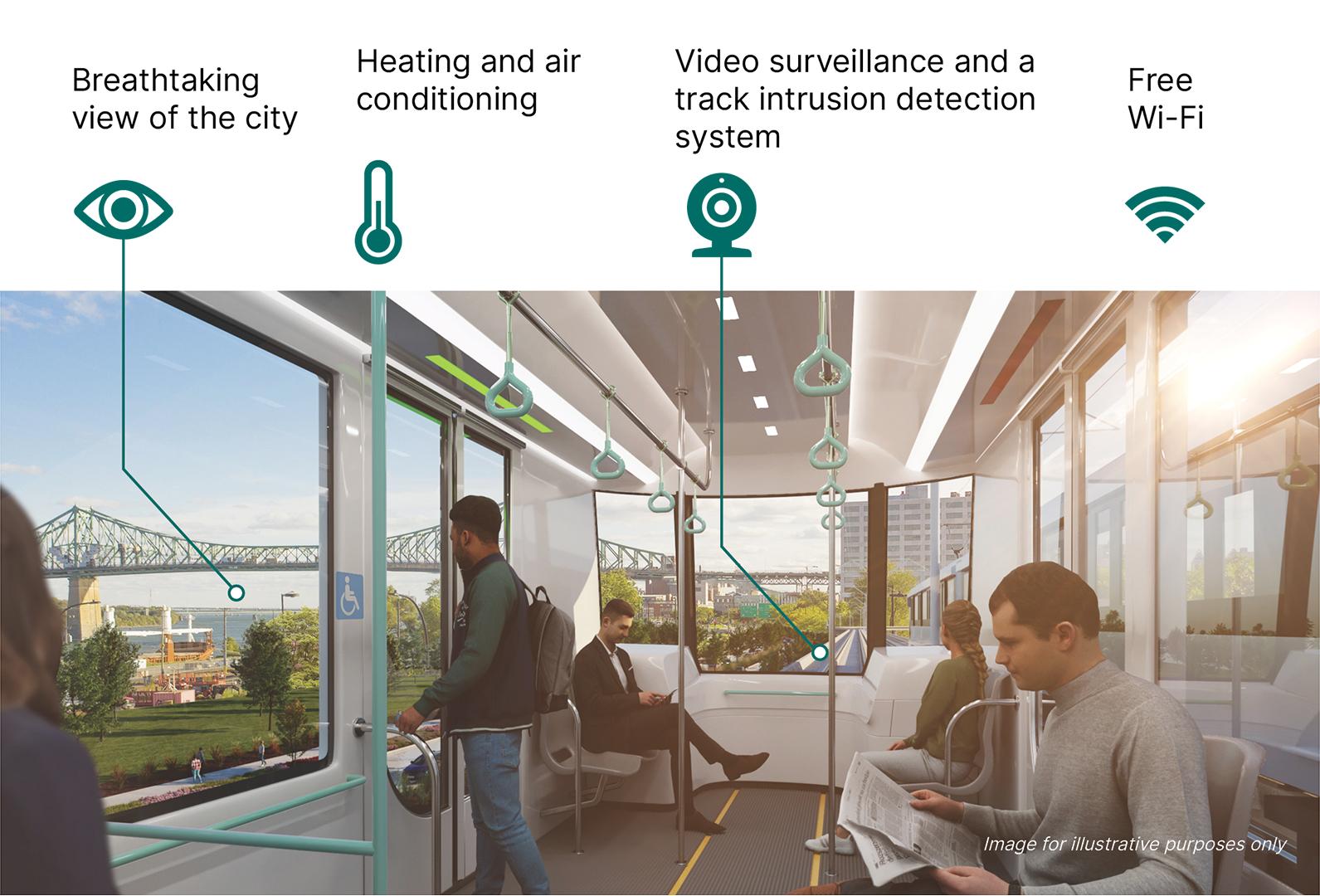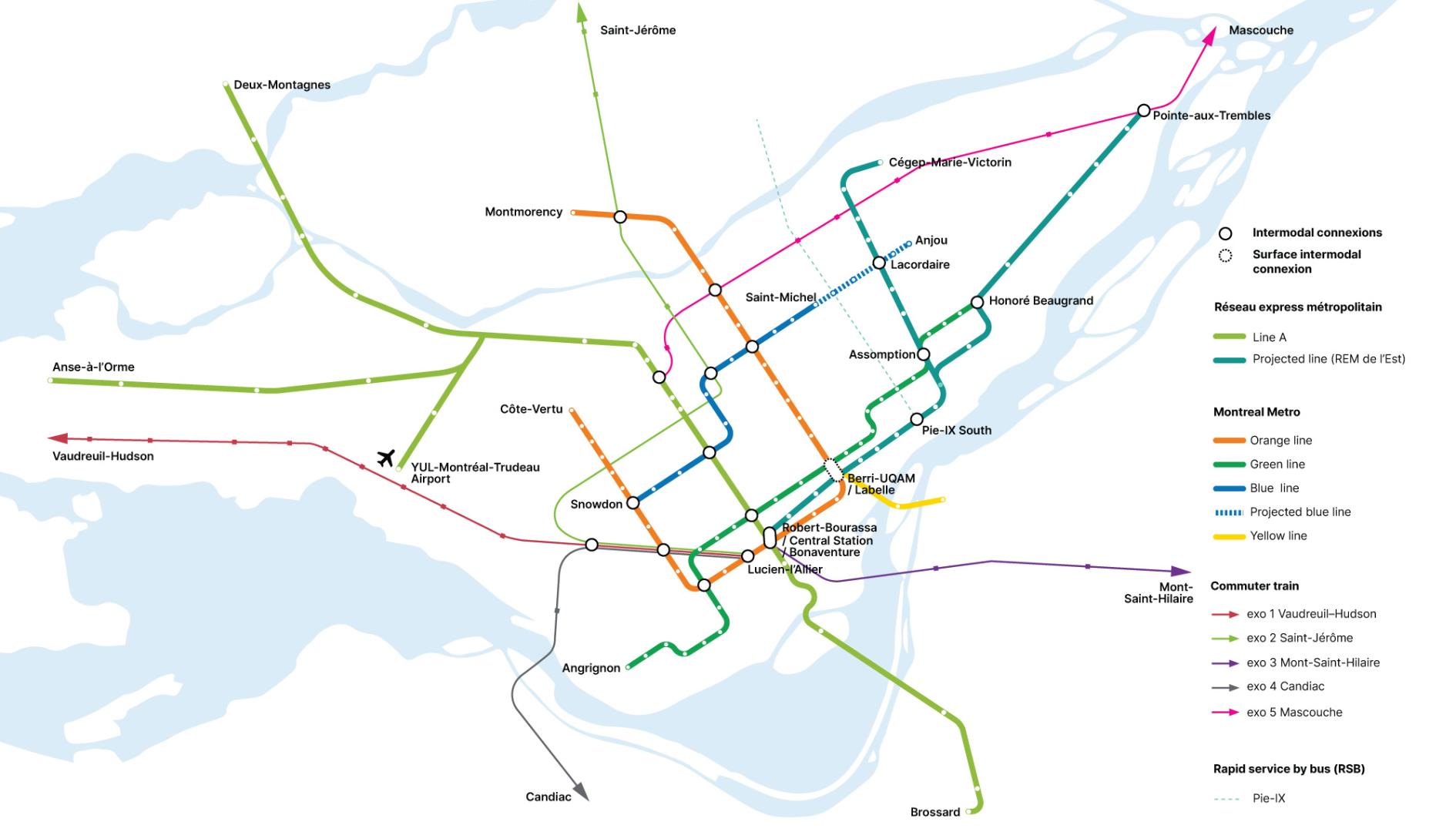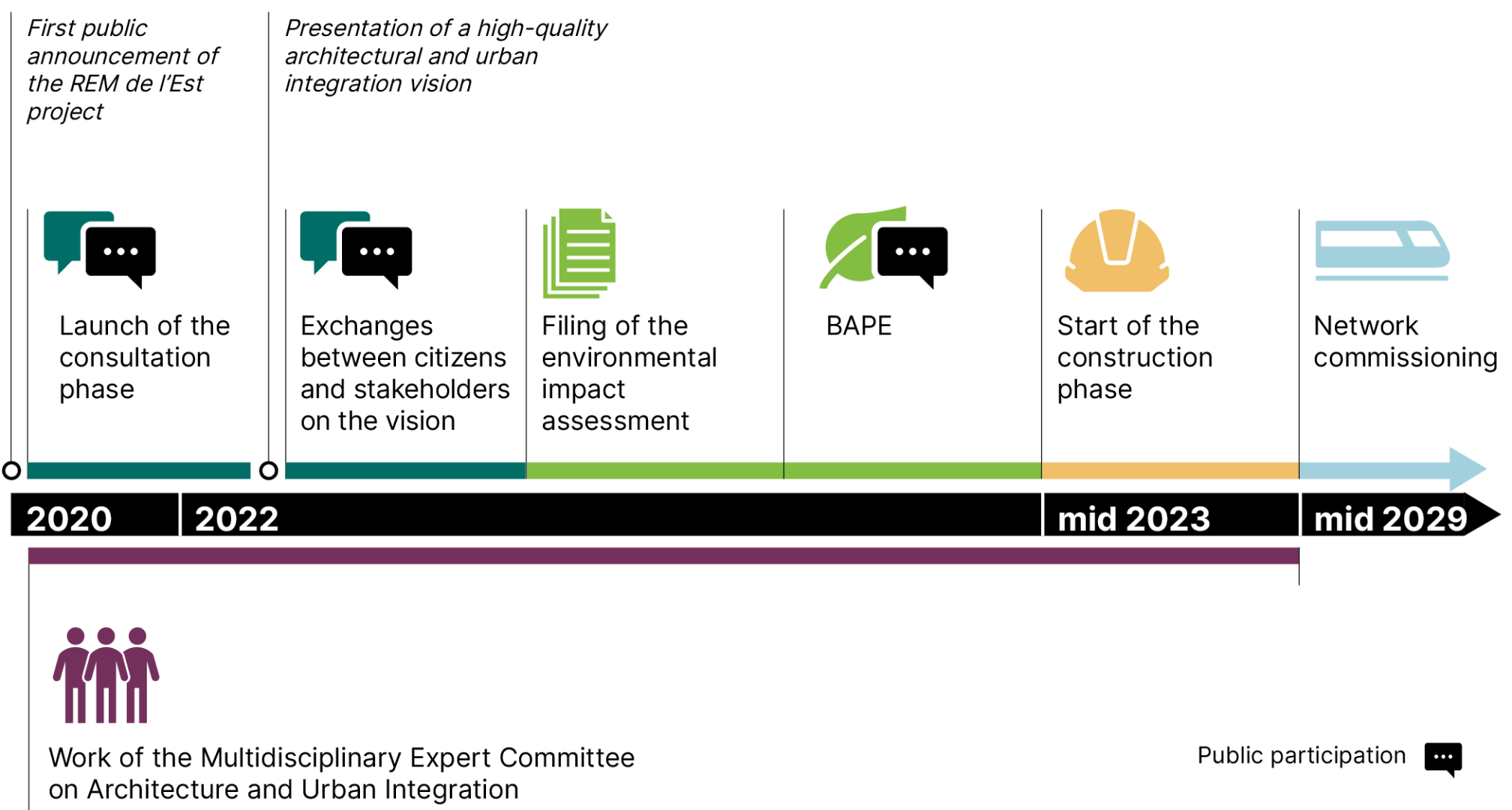Five things to know about the REM de l’Est
After the citizens’ meetings held on November 20 and 27, five major themes on the REM de l’Est emerged directly from the questions and exchanges with citizens. Here are five things to remember about the project.
1 – The route and its elevated and underground portions
The REM de l’Est route includes 23 stations over 32 km.
- Approximately 24 km of the route is elevated, with 15 stations integrated into this elevated structure.
- Almost 8 km of the route is underground, with 8 underground stations.
Why did you choose an elevated infrastructure instead of an underground one in the downtown area? Read our latest article on this topic. Find out more details on the pages Integration and Independent Multidisciplinary Expert Committee on Architecture and Urban Integration.
2 – Future service offered
The REM de l’Est will provide reliable and frequent service. What distinguishes the REM de l’Est service is:
- Frequency and hours of service. Trains will run every 2 minutes during rush hour on the main track and every 4 minutes during rush hour on the Pointe-aux-Trembles and Cégep Marie-Victorin branches. The schedule will be synchronized with the Montréal metro.
- Automation. The REM de l’Est is a fully automated, 100% electric light rail system. There will be no operator on board; the cars will be controlled by a control centre.
- Reliability and security. The automated system allows for very high reliability rates, averaging over 99% for this type of technology. This type of system is also highly secure, thanks to video surveillance, a track intrusion detection system, platform screen doors in the stations and several other modern technological components.
|
|
With the |
% of time saved |
By car |
Via current |
|---|---|---|---|---|
|
Downtown ↔ |
25 min. |
35 - 70 % |
40 - 80 min. |
45 - 60 min. |
|
Downtown ↔ |
30 min. |
25 - 60 % |
40 - 75 min. |
55 - 70 min. |
|
Downtown ↔ |
10 min. |
30 - 70 % |
15 - 35 min. |
35 - 55 min. |
In terms of pricing, the REM will be integrated in the future fare schedule being developed by the Autorité régionale de transport métropolitain (ARTM). The goal is to have an integrated pass (of the Opus type), i.e. it could work on all the public transit networks.
3 – Connections with other public transit services
The REM de l’Est will double the metro’s coverage in the east end and will be connected to the public transit networks of Greater Montréal, including the:
- Metro green line (Honoré-Beaugrand and L’Assomption stations)
- Metro orange line (Bonaventure station, via Central Station)
- Future extended metro blue line (future Lacordaire station) – under construction
- REM (Central Station) – under construction
- Exo5 Mascouche train line (Pointe-aux-Trembles station)
- Pie-IX BRT (future Pie-IX/Notre-Dame station) – under construction
- STM, STL, RTL and exo bus networks. The local bus network will be completely reorganized with the arrival of the REM de l’Est to better serve the neighbourhoods. Buses will be redeployed to the stations of the future network.
By running parallel to the metro’s green line, the REM de l’Est will relieve the line, which is reaching saturation point. In the east end, the metro, the Pie-IX BRT and the REM de l’Est are complementary services that will enhance the service offer and increase overall capacity. More offers = more future transit users!
4 – Peace and safety
The REM de l’Est will run on 100% dedicated tracks i.e. it will not cross road, pedestrian and bicycle traffic, which ensures a high level of safety in the neighbourhoods. Safety will also be ensured by infrastructure and systems preventing any form of intrusion on the tracks.
In terms of noise, the REM de l’Est is a light train with only two cars and a 100% electric engine. Each trip produces much less decibels than a commuter or freight train, for example. Our experts will accurately model the projected noise of the REM de l’Est, by measuring several elements such as passage frequency, speed, existing ambient noise, etc. The noise studies will be submitted to the BAPE.
5 – Commissioning and start of work: Project schedule
Construction of the REM de l’Est is scheduled to begin in mid-2023. Commissioning is planned for mid-2029. In terms of next steps, citizens will be able to participate in discussions on the architectural vision and urban integration in early 2022, as well as in the BAPE public hearings next year.
Download the complete information sheet
Keep following us on Facebook, Instagram and Twitter to stay informed about the project!
Review our November citizens' meetings in pictures
